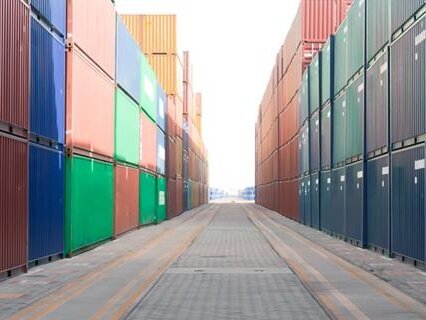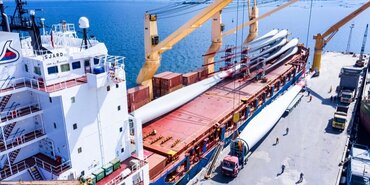Ukraine Sanction explained - UK Defence Club

The Law of Ukraine on Sanctions No. 1644-VII has been in force in Ukraine since 2014 and provides for a non-exhaustive list of 24 possible sanction types including, but not limited, to:
-
freezing of assets;
-
temporary restriction on person’s right to use and dispose of property;
-
restriction on trade transactions and prohibition on the movement of capital outside Ukraine; and
-
restriction on transit and transportation in the Ukrainian territory.
The decision on the application of sanctions is taken by the National Security and Defense Council of Ukraine and put into effect by a decree of the President of Ukraine. The restrictions may be imposed for a specific period or indefinitely.
Any counterparty dealing with entities or individuals on the sanctions list is strongly recommended to assess the exact scope of the sanctions applicable and the implications. Failure to proceed with such verification and assessment may result in legal consequences, including criminal charges.
It is important to note that Ukrainian sanctions are of a personal nature. This means that their application bans a person from conducting any commercial activity in the territory of Ukraine. However, this does not necessarily extend to holding and/or subsidiary companies and/or shareholders etc.
We recommend that specific advice is sought from Ukrainian lawyers when in doubt about the application of restrictions.
As always, if Members have any questions in relation to the above issues they are invited to contact the Club for further information.
Thank you to the UK Defence Club for the above article. See the original here.
- Author
- Staff Author
- Date
- 07/03/2022





